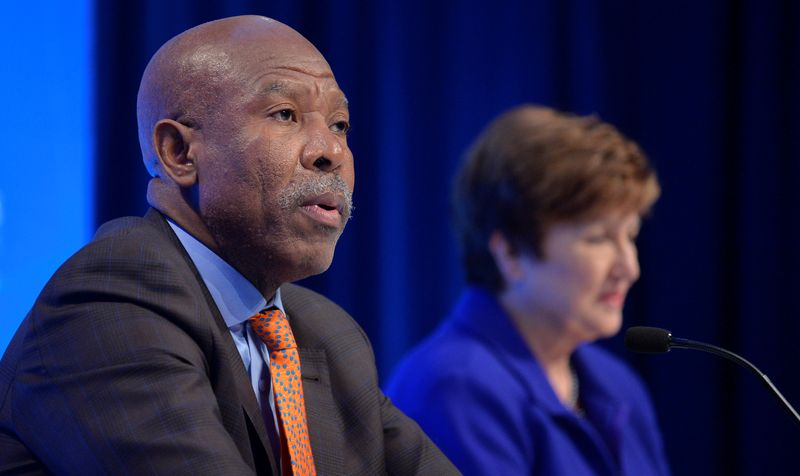By Alexander Winning and Olivia Kumwenda-Mtambo
JOHANNESBURG -South Africa’s central bank on Thursday increased its main lending rate by the largest margin in more than six years as it stepped up efforts to fight inflation, sending the rand higher.
The decision was in line with a Reuters poll published last week.
The South African Reserve Bank’s (SARB’s) Monetary Policy Committee increased the repo rate by 50 basis points to 4.75%. The committee was split 4-1, with four members opting for the 50 bps hike and one preferring a 25 bps move.
The rand hit a two-week high against the dollar after the decision was announced.
“Headline inflation has increased well above the mid-point of the inflation target band, and is forecast to breach the target range in the second quarter,” Governor Lesetja Kganyago told a news conference.
He said headline inflation was expected to return closer to the mid-point in the fourth quarter of 2024, later than forecast at the March policy meeting.
Thursday’s decision marks the fourth time in a row that the SARB has raised rates, with the previous three moves 25 bps increments.
The SARB had early this year sought to stress that its policy trajectory would be gradual to combat inflation risks while also continuing to support households and companies in the wake of the COVID-19 pandemic.
But since then higher-than-expected global inflation has pushed major central banks to accelerate their normalisation paths, tightening global financial conditions.
“The market had priced in 50 bps, and the SARB delivered – with their anti-inflation credentials intact,” said Razia Khan, chief Africa and Middle East economist at Standard Chartered. “The rand liked this tightening, which means that for the SARB, it delivered pretty instantly.”
Earlier this month the U.S. Federal Reserve raised rates by 50 bps and signalled similar moves at upcoming policy meetings.
The SARB now forecasts headline inflation this year of 5.9% from 5.8% seen in March. It sees 2022 economic growth of 1.7%, versus 2.0% forecast previously.
Consumer inflation was running at 5.9% in annual terms in April and March, near the top of the central bank’s 3%-6% target range, driven by higher fuel and food prices linked to the war in Ukraine.
(Additional reporting by Promit Mukherjee; Editing by James Macharia Chege and Alison Williams)
